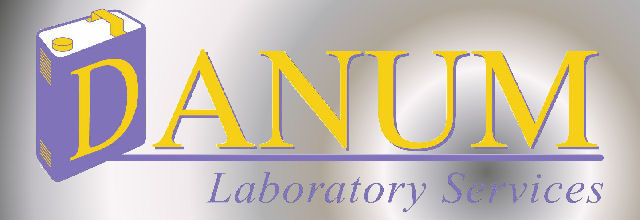Menu
About Us
Products
Legionella Information
Safety Data Sheets
Delivery Costs
Terms and Conditions
Contact Us

Page1, 2, 3, 4, 5, 6, 7, 8, 9, 10, 11, 12, Printable version (.doc 1.35Mb)

Post-cleaning disinfection
- On completion of the cleaning operation, the system should be refilled and chlorinated to maintain a minimum level of 5 mg/l of free chlorine for a period of 5 hours with the fan off. This needs to be checked hourly to ensure that a concentration of 5 mg/l is present for the total period. Again, the use of a biodispersant will enhance the effectiveness of this chlorination. If the system volume is greater than 5m3, the water should be de-chlorinated, drained, flushed and refilled with fresh water and dosed with the appropriate start-up level of treatment chemicals, including the biocides.
While the maintenance of a continuous minimum residual of 5 mg/l of free chlorine for a minimum period of 5 hours is considered the best practice, if the downtime to conduct such a lengthy operation is not available, some compromise may be necessary. Under such circumstances it may be acceptable to shorten the pre- and post-chlorination times and to increase the free chlorine level, e.g. 50 mg/l for 1 hour or 25 mg/l for 2 hours. This should only be done if the operators are trained in this process because, at these levels, there is a greater risk of damaging the fabric of the system. The system should then be de-chlorinated, drained, flushed and refilled with fresh water and dosed with the appropriate start-up level of treatment chemicals, including the biocides.
Before water containing high-residual free chlorine is discharged to drain, it should be de-chlorinated. The usual procedure is to add sodium thiosulphate, sodium sulphite or sodium bisulphite as a neutraliser. The level of free chlorine is determined by testing and the quantity of sodium salt then is calculated.
Recommended inspection frequencies for risk systems
Checklist 1: Cooling water installations
System/service |
Task |
Frequency |
Cooling towers andevaporative condensers |
Monitor water quality, water use and biocide/chemical use to assess and ensure effectiveness of water treatment regime, including key chemical and microbiological parameters, and observations of internal condition of pond, pack and water |
|